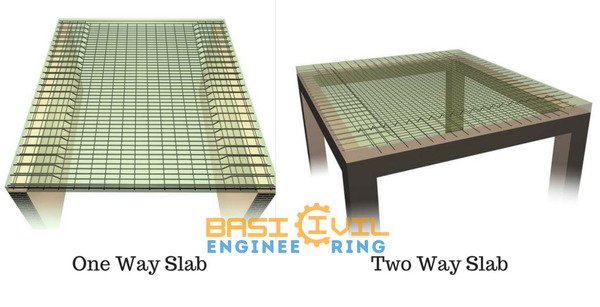Basic Civil Engineering
-

What is the distinguishes particleboard from MDF?
What is the distinguishes particleboard from MDF? Let’s examine the differences between particle board and MDF in a table format. Sl. no. Description MDF. Particle-board. 1. Full form. fiberboard with a medium density. ———————– 2. Manufacturing process. Hot pressing wood fibers and glue mixture form a board. Formaldehyde and phenolic resins are mixed with wood byproducts like wood chips, sawdust, shavings, etc. The mixture is then hot pressed and…
Read More » -

Railway / Why Crushed Stones Are Used In the Railway Track
Why Crushed Stones Are Used In the Railway Track These crushed stones are known professionally as “Ballast or track ballast.” Packing track ballast under railroad tracks with a tamping machine increases the tracks’ tensile strength. Along the railway, there is often a ballast layer (crushed stone 30/60 cm thick) that is 25–30 cm thick. This thickness fluctuates depending on several factors and circumstances. The reasons for using crushed stone on…
Read More » -

What is the Bricks & Important Tests on Brick
What is Bricks & Important Tests on Brick What is a brick and what the required important tests on brick? Bricks are a common building material used to the construct walls, foundations, chimneys, & other load bearing structures. They are made of clay or other earthen materials. Bricks are a common material for construction projects because of their strength, resilience, and fire resistance. Numerous tests are carried out to establish…
Read More » -

Technology for the locating underground utilities
Technology for the locating underground Utilities. Using a collection of characteristics gathered through visual inspections to determine condition states is the method most frequently used to assess the condition of wastewater pipelines. A “combination of specified level of variables that provides a thorough description of the dynamic behavior of the system” is what is meant by the term “state.” Introduction:- Knowing an asset’s current state and expected rate of deterioration…
Read More » -

Types of the Roads or Classification of Roads
Types of the Roads or Classification of the Roads. What is the Road? The road is a paved path, a route, or a highway that allows cars to transport people to their destinations. Roads are categorized using various criteria, which are then further subdivided into various road kinds. I briefly explain each type and term you usually hear when someone talks about roads in this post. These are the main…
Read More » -

Difference between a one-way slab and a two-way slab
Difference between a one-way slab and a two-way slab What is Slab? Slabs are built to make horizontal, flat surfaces for floors, roofs, bridges, and other kinds of structures. The slab can be held up by walls, reinforced concrete beams that are usually made at the same time as the slab, structural steel beams, columns, or the ground. There are two different kinds of slabs: One Way Slab Two Way…
Read More » -

Curing of the Concrete | Curing time And Duration | What is Curing methods
Curing of the Concrete | Curing time And Duration | What is the Curing methods. Concrete is a composite material made of the right amounts of cement, sand, and water. The aggregate is held together by the way the chemicals in the cement react with the water. Fresh concrete will be soft, so you can shape it into any shape you want and pack it down to make a solid…
Read More » -

What are the various types of structural loads?
What are the various types of structural loads? Structural loads are actions or forces that cause a structure’s stresses, deformations, or movements. The forces can be caused by moving people, self-weight, or other natural forces like wind, heat, earthquakes, snow, etc. Types of Structural Loads will be put into the following groups based on where the force comes from: Dead Loads Live Loads Environmental Loads Wind Loads Snow loads…
Read More » -

Components, Transportation, and Storage of Rainwater Harvesting Methods
Components, Transportation, and Storage of Rainwater Harvesting Methods. Generally, there are two methods for harvesting rainwater: surface runoff and rooftop rainwater. Rainwater harvesting is the practice of collecting and storing rainwater for on-site reuse rather than letting it run off. The stored water is used for various purposes, including gardening, irrigation, etc. This article discusses multiple rainwater harvesting methods. Rainwater Harvesting Techniques 1. Surface Runoff Capture Rainwater drains away as…
Read More » -

Tendering Procedures and Methods in Construction
Tendering Procedures and Methods in Construction Tendering Tendering is the process of inviting bids from interested contractors to carry out specific packages of construction work. Types of Tendering Competitive tendering Open Selective 1 – Open tender The main tendering procedure used by both the government and the private sector is open tendering. The tender offer is publicised in local newspapers by the client. Giving specifics and key information about the…
Read More »
